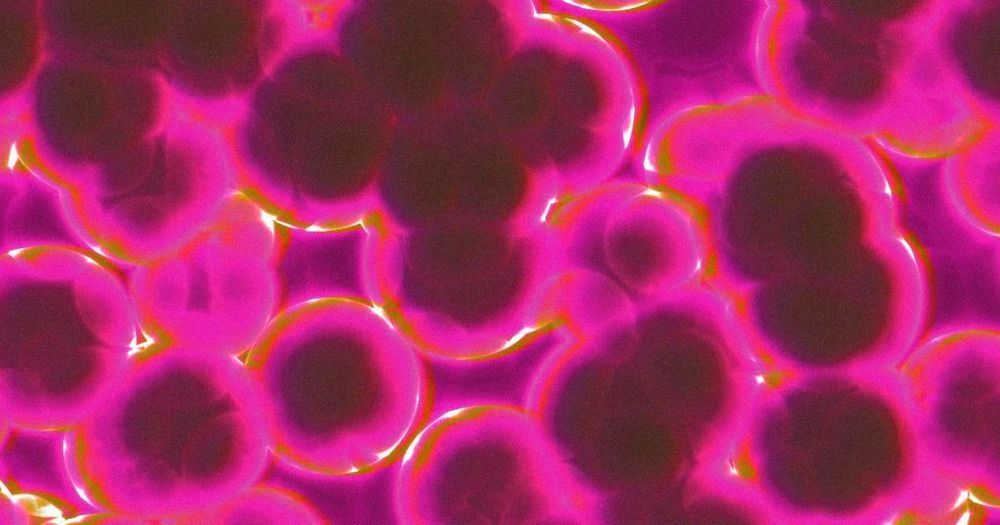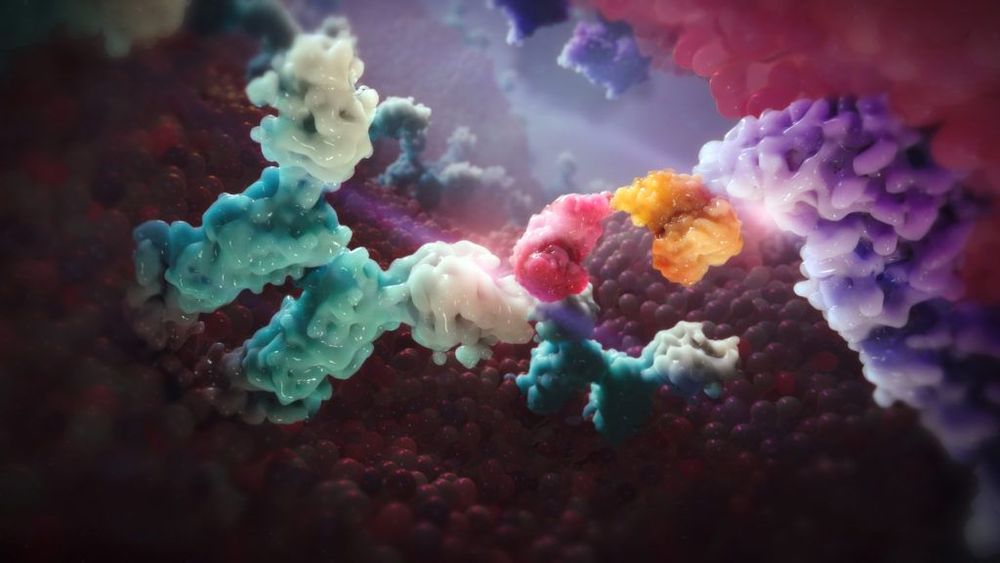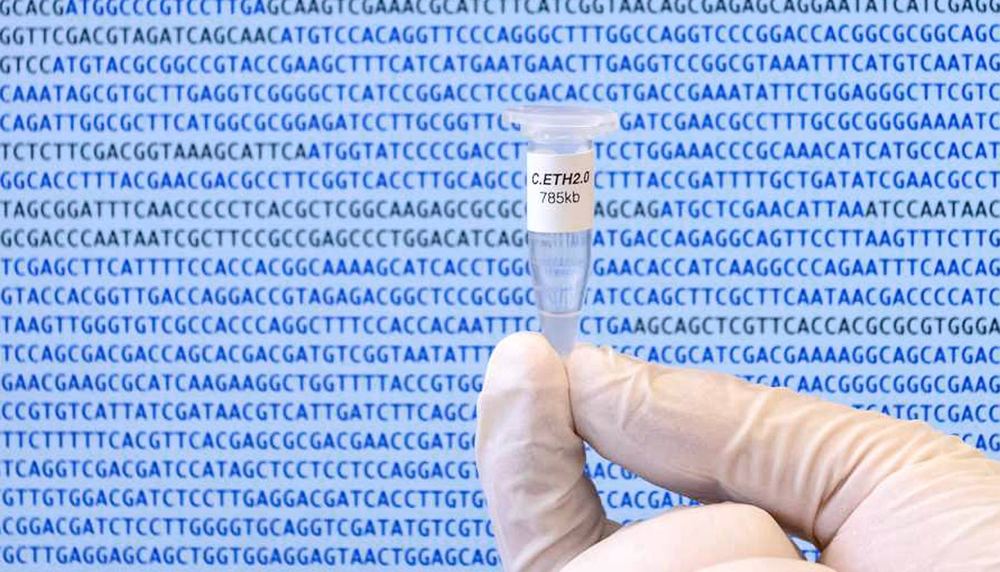A new cancer “vaccine” that’s injected directly into a single tumor can trigger the immune system to attack cancer cells throughout the body, a small new study suggests.
The researchers say that the experimental therapy essentially turns tumors into “cancer vaccine factories,” where immune cells learn to recognize the cancer before seeking it out and destroying it in other parts of the body. “[We’re] seeing tumors all throughout the body melting away” after injecting just one tumor, said lead study author Dr. Joshua Brody, director of the Lymphoma Immunotherapy Program at the Icahn School of Medicine at Mount Sinai in New York.
Still, the research, published today (April 8) in the journal Nature Medicine, is very preliminary. The therapy has only been tested in 11 patients with non-Hodgkin’s lymphoma (a cancer of immune system cells), and not all of these patients responded to the treatment. But some patients did have remission for relatively long periods, and the results were promising enough that the therapy is now also being tested in patients with breast and head and neck cancers, the authors said. [7 Odd Things That Raise Your Risk of Cancer (and 1 That Doesn’t)].








